Contents
Seljanka is a beloved Estonian soup with deep Slavic roots, known for its bold and tangy flavor. Packed with smoked meats or fish, pickled vegetables, olives, and a savory tomato base, it’s the perfect dish to fight off the Estonian chill. This article explores its cultural background, regional variations, where to try it in Estonia, and how to make a hearty homemade version — all served with a generous spoonful of sour cream and a slice of lemon on top. Whether you're a curious traveler or a home cook looking for something new, seljanka is a delicious journey in a bowl.
Ingredients
- A splash of oil or a knob of butter
- 1 large onion, finely chopped
- 1 carrot, grated
- 3 garlic cloves, minced
- 250 g smoked sausage something flavorful
- 200 g cooked ham or roast beef
- 3-4 pickled cucumbers, sliced thin
- 2 tbsp tomato paste
- A handful of black olives, sliced
- 1 tsp sweet paprika
- 1 tbsp flour optional, for thickening
- 1.5 liters beef broth
- 1 bay leaf + a few peppercorns
- 1 tsp mustard dijon or classic
- Salt and pepper to taste
Instructions
- Sauté the base: Warm your oil or butter in a big pot. Toss in the onion and carrot. Cook till they soften and start to color slightly. Add the garlic and stir for another minute.

- Build the flavor: Add your sausage and pork, let them brown just a bit. Then stir in tomato paste, paprika, and flour if using.
- Add the broth: Pour in the beef stock. Throw in the bay leaf, peppercorns, and mustard. Simmer gently for 20–25 minutes.
- Add the pickled fun: Toss in the cucumbers and olives. Let it simmer another 10 minutes. Taste and adjust seasoning.
- Serve it up: Ladle the soup into bowls. Top with a spoonful of sour cream, chopped dill, and a lemon slice. Grab a chunk of dark bread. Now breathe in... and enjoy.
Notes
Seljanka – the tangy Estonian comfort food you didn’t know you needed 🥣🇪🇪
Let me tell you about a soup I didn’t expect to fall in love with in Estonia. It’s called seljanka — and no, it’s not just another bowl of broth with some meat tossed in. This thing is a full-on flavor punch. Sour, salty, smoky, a little spicy — and deeply, unapologetically hearty.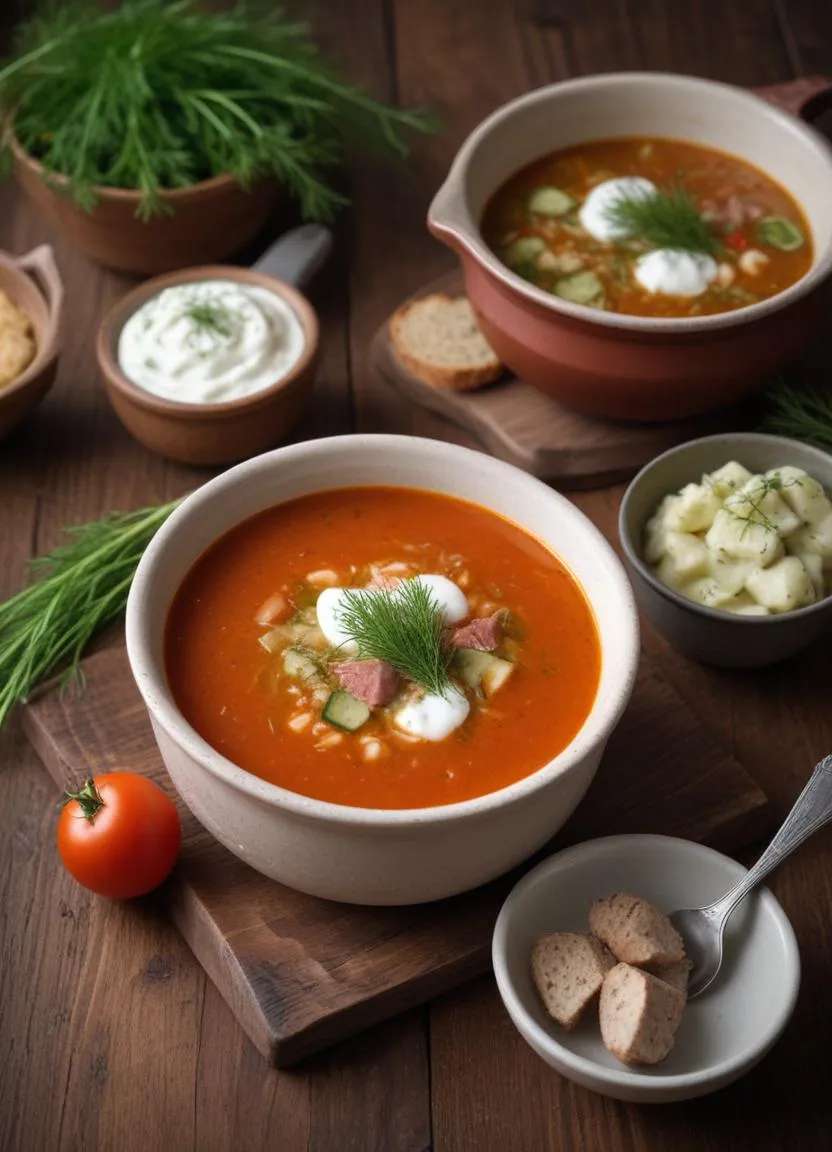 I first tried it on a windy day in Tallinn, when my face was half-frozen and my fingers were stiff from the cold 🥶. I stumbled into a quiet little café mostly because I needed to warm up — and the lady behind the counter recommended the seljanka with a smile 😊. I had no idea what it was. Ten minutes later, I was sitting there wondering how I’d gone my whole life without it.
I first tried it on a windy day in Tallinn, when my face was half-frozen and my fingers were stiff from the cold 🥶. I stumbled into a quiet little café mostly because I needed to warm up — and the lady behind the counter recommended the seljanka with a smile 😊. I had no idea what it was. Ten minutes later, I was sitting there wondering how I’d gone my whole life without it.It’s not pretty — but wow, it’s good 😍
At first glance, seljanka looks a bit chaotic 😅. There are chunks of meat, slices of pickled cucumber 🥒 floating around, a few black olives, maybe a lemon wedge 🍋 bobbing on top. But one spoonful in, and everything makes sense. The soup has this deep, tomato-rich broth 🍅 that’s brightened up with briny, pickled sharpness. It’s the kind of flavor that wakes you up — in the best way. If you love bold dishes with personality, this is your kind of soup.How Estonians make it their own 🧑🍳🇪🇪
Even though seljanka originally comes from Slavic cuisine — Russia or Ukraine, depending on who you ask — Estonians have fully embraced it and given it their own twist. You’ll see it served all over Estonia — in roadside diners, trendy Tallinn cafés, and rustic village kitchens. Here are a few types you’ll come across:- The meaty one 🥩 – Smoked sausage, ham, and sometimes beef. Heavy, smoky, and incredibly satisfying.
- The fishy version 🐟 – Salmon or whitefish make this version lighter and a bit more refined. Often with a lemon slice on top for zing 🍋.
- Veggie seljanka 🍄🥬 – Mushrooms, pickled veggies, sometimes cabbage — this one’s just as flavorful without the meat.
- Creative twists 🧠 – You might find barley added, fermented goodies, or even game meats. No two versions are ever quite the same.
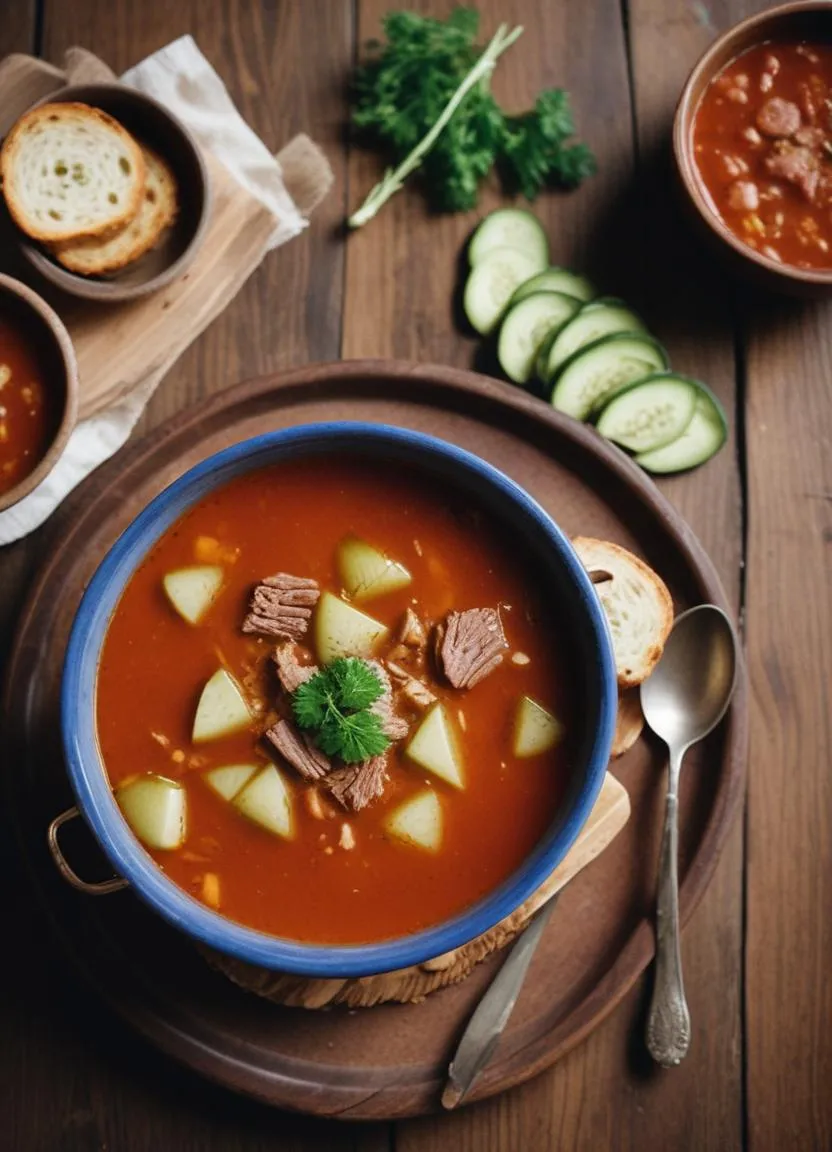
Where to try seljanka in Estonia 🗺️🍴
If you’re in Estonia and want to try the real deal, here’s where to look:- 🏡 Local inns and village cafés – For old-school, homemade versions that taste like tradition.
- 🏙️ Urban bistros – Especially in Tallinn and Tartu, where chefs experiment with new ingredients.
- 🛒 Supermarkets – Yup, even convenience stores sell seljanka in heat-and-eat containers. Perfect for a quick dinner at your Airbnb.
Why seljanka is totally worth it 💯
- 🧣 Perfect for cold, grey weather — it warms you right through.
- 🍽️ Rich, bold, and beautifully balanced flavors.
- 💬 A dish that tells stories — of history, of home cooking, of shared borders.
- 🌍 It’s something you probably won’t taste outside this region, so don’t miss it!
Final thoughts – seljanka isn’t fancy, but it’s unforgettable 💭❤️
Seljanka may not be pretty. It won’t show up in a fine-dining tasting menu. But it’s the kind of food that sticks with you — because it’s real. It’s generous. It’s full of soul.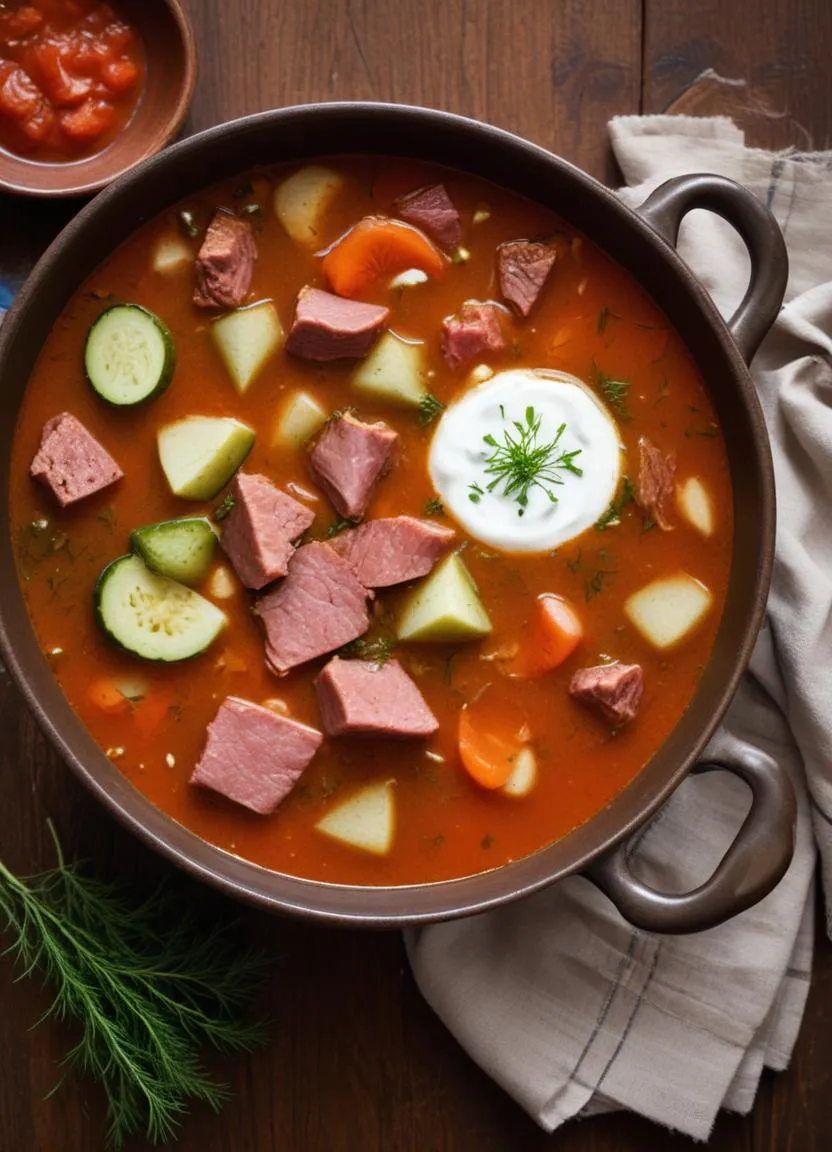 One bowl and you’ll understand why it’s so loved in Estonia. It’s not just soup — it’s a warm memory, a winter survival trick, and a celebration of strong, bright, gutsy flavors all in one 🥰
Would you go for the smoked meat version first, or does the fishy one sound more your thing? Let me know 👇😉
One bowl and you’ll understand why it’s so loved in Estonia. It’s not just soup — it’s a warm memory, a winter survival trick, and a celebration of strong, bright, gutsy flavors all in one 🥰
Would you go for the smoked meat version first, or does the fishy one sound more your thing? Let me know 👇😉


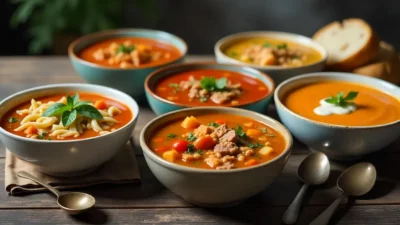
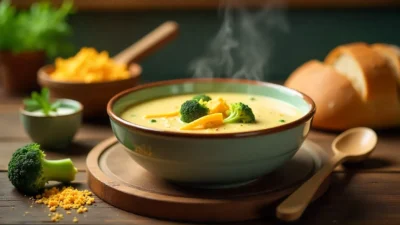
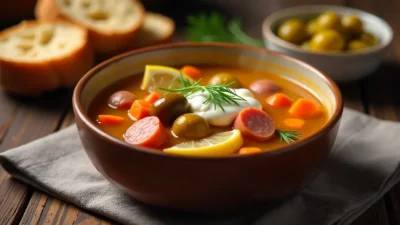
Wow, Seljanka sounds incredible! That smoked meat and pickled vegetable combo has me hooked. Definitely adding this to my “must-try” list for my next Estonian adventure (or ambitious home cooking project!).